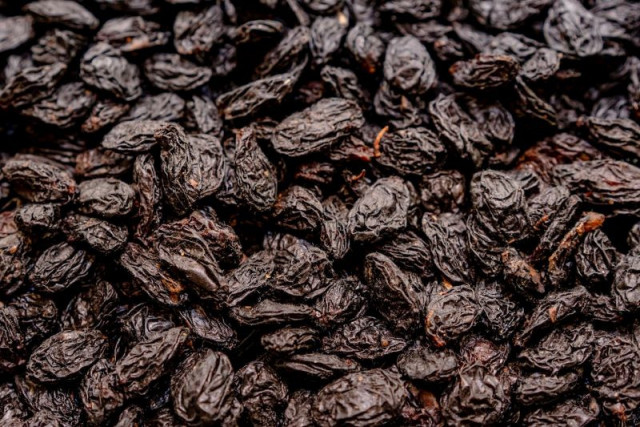Scientists reveal unexpected health benefits of prunes
The superfruit not only helps to protect bone structure but could also strength the bones in postmenopausal women

A recent study shows health benefits of Prunes that makes it superfood.
A yearlong randomized controlled trial has found that daily consumption of prunes can slow the progression of bone loss linked to osteoporosis.
The study, led by Penn State researchers, suggests that prunes may also help protect bone structure and strength in postmenopausal women. Published in Osteoporosis International, the findings reveal that consuming prunes daily could reduce the risk of fractures by slowing age-related bone loss.
“This is the first randomized controlled trial to look at three-dimensional bone outcomes with respect to bone structure, geometry, and estimated strength,” said Mary Jane De Souza, a distinguished professor of kinesiology and physiology at Penn State. “In our study, we saw that daily prune consumption impacted factors related to fracture risk. That’s clinically invaluable.”
Bones are dynamic tissues that constantly remodel, with old bone being replaced by new. However, as we age, the body breaks down bone faster than it can rebuild it, leading to conditions like osteoporosis.
Osteoporosis is a significant concern, especially among postmenopausal women, due to the decline in estrogen—a hormone crucial for bone health. This accelerated loss of bone density increases the risk of fractures. Despite the availability of medication, many women who need treatment do not take it.
According to De Souza, prunes offer a promising alternative. They contain bioactive compounds like polyphenols that may reduce the inflammatory pathways leading to bone loss.
Most previous studies have used dual energy X-ray absorptiometry (DXA) to assess bone mass density. However, DXA scans have limitations as they cannot distinguish between different bone tissues or measure structural properties.
“When we look at bone mineral density, we’re looking at how much bone there is, but we also want to know about the quality of the bone. When we look at a three-dimensional picture, we can look at bone structure, geometry, and micro-architecture. In other words, it tells us how good the bone is,” De Souza explained.
To explore the impact of prunes on bone quality, the researchers conducted a 12-month trial with 235 postmenopausal women. Participants were divided into three groups: no prunes, 50 grams (four to six prunes) daily, or 100 grams (10 to 12 prunes) daily. Assessments were conducted every six months using a pQCT scan to measure 3D bone mass density, bone geometry, and strength.
After a year, the control group showed a decrease in bone mass density and strength at the tibia (shin bone). However, women who consumed at least four to six prunes daily maintained their bone density and strength, particularly in cortical bone. Interestingly, the group consuming 100 grams of prunes had a higher dropout rate due to diet fatigue.
“It’s pretty exciting data for a 12-month study,” said De Souza. “We were able to maintain and preserve bone at the weight-bearing, cortical bone of the tibia and the maintenance of cortical bone and bone strength is key to avoiding fracture.”
De Souza added that while prune consumption could potentially reduce the risk of osteoporosis, more research is necessary. The study builds on earlier findings that daily prune consumption for a year preserved bone mass density at the hip, and the researchers hope to continue exploring prunes' protective effects on bone health.



















COMMENTS
Comments are moderated and generally will be posted if they are on-topic and not abusive.
For more information, please see our Comments FAQ